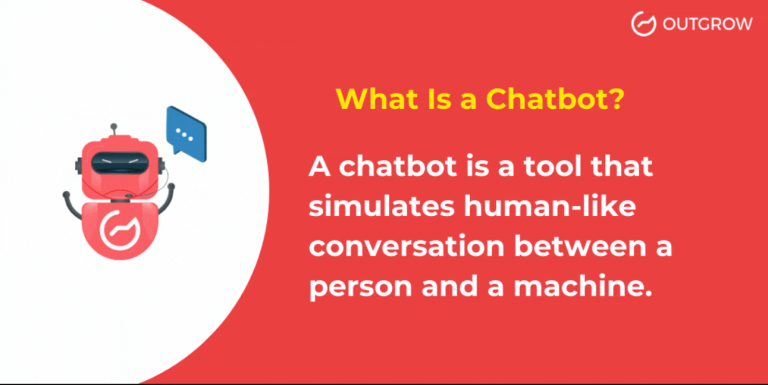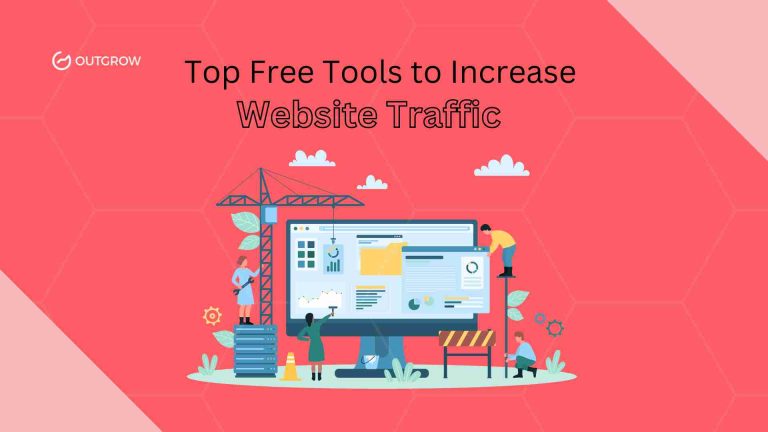Content Distribution Strategy – Everything You Need to Know!
Table of Contents
Since the information explosion, there’s been a need to shift the focus from content creation to content distribution. Yes, it is important to create good quality, original content. But what’s more important is to have the right content distribution strategy in place to ensure that your content reaches the right audience at the right time.
This blog will help you understand the type of content you can distribute, the channels you can go for, the tools required, and finally, how to build your content distribution strategy.
So let’s dive right in.
What Is Content Distribution?
Simply put, content distribution is the process of disseminating content. This involves sharing, publishing, and uploading content across different platforms. This can be done in multiple formats. So your content distribution strategy can entail videos, ebooks, interactive content, and much more.
Types of Content You Can Distribute
There are a plethora of content types you can distribute. We discuss some of them here. But sure to add them to your content distribution strategy and leverage their benefits on different platforms.
1. Ebooks
One content type that marketers have been using since time immemorial is ebooks. Ebooks have traditionally been used to act as a guide. There are ebooks on content marketing, content distribution, eCommerce businesses, and more.
What’s more? – ebooks act as a fantastic lead magnet. Hence, this would be a great addition to your content distribution plan.
In fact, you can also consider repurposing your blogs into an ebook! The scope is limitless.

2. Videos
Did you know that close to 5 billion videos are watched on youtube every day? That’s a massive share of viewership to miss out on. With video, you can not only offer bite-sized media but also long informative videos and product tutorials. You can also repurpose existing content in the form of videos to grow your reach on social media platforms. This can include sharing long 30-40 min clips on YouTube and sharing snippets of these videos on social media platforms or your own media channels like newsletters, blogs, websites, etc.

For example, Airbnb uses videos from beautiful locations to promote its content and campaigns on social media.
3. Interactive Content
When we talk of types of content to distribute, how can we leave interactive content behind?
Interactive content is content types that demand active participation from users. Some popular types include quizzes, calculators, chatbots, ecommerce recommendations, polls, surveys, and forms.
They are called “interactive” because they are super engaging and offer personalized experiences. We all know that from our experience on BuzzFeed where we end up spending hours taking random quizzes.
Interactive content can be shared across multiple platforms and in different formats. You can embed interactive content on your website or emails, share links to these quizzes on your social media platforms, or even make an entire product out of it that benefits your end-users.
Calculators too act as fantastic lead magnets. Imagine you’re in the real estate industry and you have to make your website more appealing. A calculator that offers a quote based on responses to certain questions acts as a great bait to take the next step, like scheduling a call.

Ecommerce recommendations are used by big brands like Amazon, L’Oreal, and Sephora. They help in tackling “decision fatigue” that consumers generally face while purchasing from ecommerce stores. This results in swifter purchases and no choice paralysis. So if you are an ecommerce business, product recommendation quizzes are all you need in 2022 to drive sales.

Bare Anatomy Skin Analysis Quiz pops up as a lead magnet on their website. Based on the results they offer product recommendations.
4. Infographics
Infographics are the right mix of visual appeal and knowledge dissemination. Having these as part of your content distribution strategy can help you grab more eyeballs. In fact, 65% of B2B marketers used infographics in 2020.
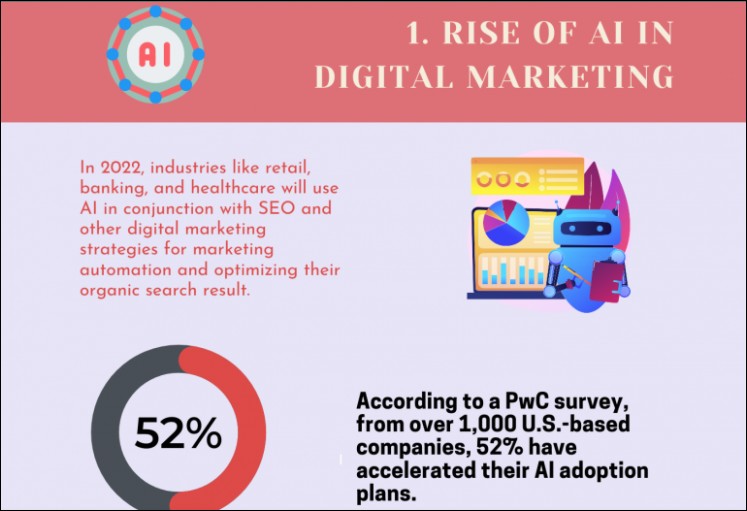
5. Webinar
One thing that covid has left us with is our obsession with webinars. Even with lurking new variants, businesses are functioning. Some remote, some hybrid. They are all relying on webinars to engage industry experts and start conversations around their products. You can even create a webinar landing page to track better results from webinars.
6. Podcast
Podcasts are a fantastic addition to your content marketing strategy. They allow you to interact with industry leaders and founders to give useful insights to your audience. Moreover, publishing podcasts across multiple aggregation platforms opens doors for more attention and engagement.
Hence, consider starting a podcast in your niche and distributing it across multiple platforms to maximize your reach.
Speaking of which, have you checked out Outgrow’s Marketer of the Month podcast?

Organic Content Distribution Channels
Organic content distribution channels essentially allow for free distribution of content. These can be in-house or supported by external platforms.
Let’s first discuss the in-house content distribution channels –
1. Blogs
Blogs are an obvious example of an in-house content distribution channel. They are the entry point for most potential customers and are a low-cost high-impact method to grow your business over time.
2. Landing Pages
Landing pages can be used for anything starting from post-ad experiences to webinars and podcasts. The potential to distribute high-value content through this channel is super high. And so, it must form an important part of your content distribution strategy.
3. Product Pages
Product pages are a must to showcase the features of your product. They can be one of the most important organic distribution channels since they show up on Google searches. Optimizing your product pages for SEO helps you rank well when your prospects are searching for such solutions. Consider adding important keywords that your competitors are adding to increase the chances of people clicking on your product page link.
4. Newsletters
If you think email marketing is dead you might want to rethink that. Newsletters still are one of the best ways to communicate with your customers and qualified leads. Through newsletters, you can act as a thought leader by sharing your expertise, industry insights, product updates, awards, recognitions, etc.
You might want to subscribe to Outgrow’s newsletter for inspiration. Here, we share a bunch of informational blogs, podcast episodes, and marketing tips.
Let’s now look into organic content distribution channels from external platforms.
5. Social Media
Today, social media presence has become a source of credibility, value, and good service. The more engagement and “cult-like” following you have, the more people will trust you and buy from you.
So, losing out on this channel may be the biggest blunder for your content distribution strategy.
But naturally, different social media platforms require different types of content. Videos and images work on Instagram and Tik Tok, texts work on Twitter and Linkedin, and a mix of both works on Facebook. So you need to be smart in choosing and distributing the right kind of content on each platform. On LinkedIn you might want to post insightful LinkedIn carousels, on TikTok be more fun and participate in trends and so on.
However, growing on these platforms organically may have gotten tough considering the average engagement rate is as low as 0.83%. So it’s crucial to implement some social media hacks if you want to win this game!
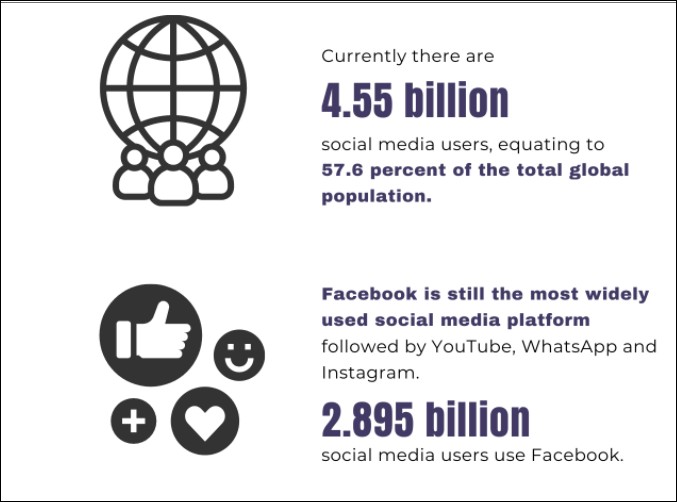
Infographic: Top Social Media Trends To Focus in 2022
6. Guest Posting
We know most of you have already used this tactic. But we couldn’t skip mentioning such a cult favorite channel in this comprehensive guide.
Guest posting is a way for you to distribute your knowledge and expertise on relevant company websites. A SaaS business offering a content marketing tool can write a guest blog for a renowned email marketing tool. Since there is an overlap in the target audience, this sort of synergy can help with higher engagement and reach.
Guest posts help you build domain authority. It also helps you build relationships with big enterprises that you can later leverage to start other profitable content exchanges such as webinars, podcasts, and similar partnerships. It’s a pathway to bigger and better opportunities.
7. Community Engagement
Promote your business by establishing your presence on community-driven platforms like Product Hunt, Slant.io, etc. These platforms can help you find early adopters if you’re just starting your business. Or they can be used to find loyal customers who love your product and act as evangelists.
See how we promoted a quiz created on Outgrow on the Product Hunt platform and ranked #1, #2, and #3 product of the day.
Paid Content Distribution Channels
Now that we have discussed the organic content channels that you can adopt as part of your content distribution strategies, let’s look at some paid distribution channels.
1. PPC Ads
PPC ads or pay-per-click ads essentially require you to pay for getting clicks on your ads. These include ads on search engines like Google, Bing, etc. PPC ads are a must in today’s time for businesses to rank with high-traffic competitive keywords.
You can get started with running PPC ads by using Google Adwords and other ads managers for search engines like Bing as well.
Some must-dos for a successful PPC campaign include choosing the right keywords and experimenting with headlines, and descriptions. Moreover, don’t forget to include ad extensions as they increase the number of links that your prospects can click on.
2. Influencer Marketing
Influencer marketing became a buzzword in 2020 but stayed longer than expected. As of January, there are close to 500,000 influencers on Instagram alone. And that number seems to be increasing across other platforms as well.
Skeptics will say this market is saturated, but an opportunity requires you to make something of it. Finding an influencer in your niche may not be tough considering there are blossoming influencer marketing agencies.
So, stay on the lookout yourself or hire an agency and find the right fit for you. Adding a well-planned influencer marketing strategy to your content distribution plan might just act as a solution to all your problems.
3. Social Media Ads
Companies are investing huge sums in social media ads due to the growing number of people on these platforms. In fact, spending on social media ads is expected to cross $200 million in 2024. And rightly so, the organic reach on these platforms is dropping and social media giants are nudging people to spend more on ads to drive results.
As more and more brands build their presence on social media platforms, competition is high. And in a bid for more attention, social media is increasingly becoming a part of businesses’ content distribution strategy.
How to Build a Content Distribution Strategy
Based on what we have learned so far, creating a content distribution strategy will be easier. Let’s begin by briefly explaining the different steps in the process.
1. Know your target audience
Before anything, having a clear picture of who your audience is and what an ideal buyer looks like is very important. Hence, the first step is to thoroughly research your audience. What are their pain points, which of those are you solving, and what is it that they can get from you that they can’t from your competitors? Those are some basic yet important considerations that you should jot down.
2. Pick the right content distribution channels
We listed a bunch of content distribution channels in the previous section of this blog. But not each platform might be right for you Understand the benefits from each channel and only then move ahead to plan a content distribution strategy for that channel.
3. Choose the right content types
It’s imperative to experiment with different content types before choosing one that drives the most results for your business. So if you think your product requires organic video content more than written content like ebooks, then drop ebooks and focus more on video creation. Moreover, in this case you should consider leveraging video hosting websites to maximize your content reach and engagement potential.
Picking and choosing content types that drive engagement as well as qualified leads is a must. And interactive content offers just that. Experimenting with interactive content can be the best bet you make in 2022. Interactive content takes personalization to a whole new level by offering individuals results based on their unique requirements.
4. Have a clear goal in mind
Knowing what you wish to achieve through a content distribution strategy is very important so that you don’t lose focus midway. The aim could be to increase:
- organic reach
- traffic
- engagement
- brand presence
You can even go a step further with paid channels in case your aim is to boost final sales.
Hence, you got to have clarity in terms of numbers and targets that you wish to achieve over a specified period from the different components of your content distribution strategy.
5. Create your content
This is the step where you create the content that you wish to distribute across multiple platforms. Multiple important points need to be kept in mind to ensure the best results.
- Have some best practices in mind for different types of content
- Choose the right content for the right platform
- Use the right keywords to reach your target audience
- Optimize and improve content based on the results you see
- Take note of what your competitors are doing and experiment
6. Distribute your content
We have arrived at the action step. This is the point where you start publishing, uploading, and making your content available on the different platforms that you finalized in the previous steps. The important thing to note in this step is that some channels may require repeated improvements and optimizations to ensure that the distribution is driving results. For example, you may want to revisit the blogs you have written in the past to ensure that they have improved in terms of their ranking. Or even optimize the contents of the blog based on new trends, updates, etc.
7. Analyze your content performance
You can never improve your content distribution strategy unless you identify where you have gone wrong. It’s important to review and analyze the results from your content distribution strategy in order to benchmark them against your expected results and find deviations if any. This will allow you to plan better for your next cycle of distribution.
Content Distribution Tools
Content distribution tools form a necessary part of the content distribution strategy. Some tools that we use and that have helped us boost our content distribution efforts are as follows:
1. Hootsuite
Hootsuite is a social media manager that allows you to schedule your social media posts across multiple platforms. It is smooth, easy to use, and has some of the most advanced functionalities such as social listening, reporting and analytics, etc. It can solve mass content distribution bottlenecks for you and is a must for businesses having 3 or more accounts on different social media platforms.
2. MailerLite
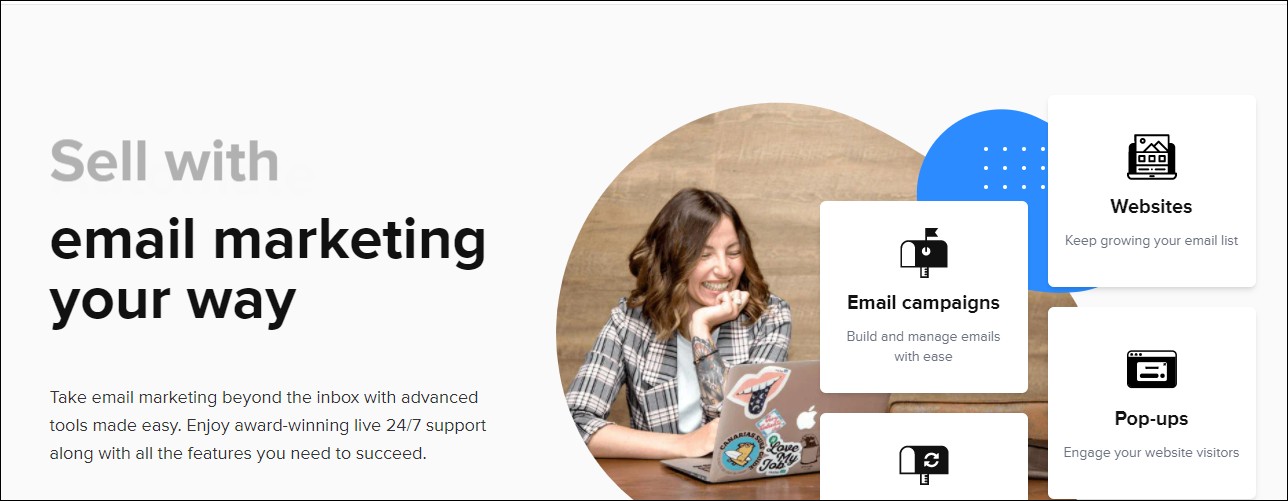
MailerLite is your one-stop shop for all your email marketing needs. This tool allows you to send emails, create subscriber groups, trigger emails by setting up email automation and multiple integrations.
We use MailerLite for sending out our weekly newsletter. It has an easy-to-use drag and drop builder with embedding options. Moreover, the analytics dashboard offers numerous insights on bounce rates, new subscribers, email open rates, link clicks, and everything that you’d need to monitor the performance of your email campaigns.
3. Outgrow
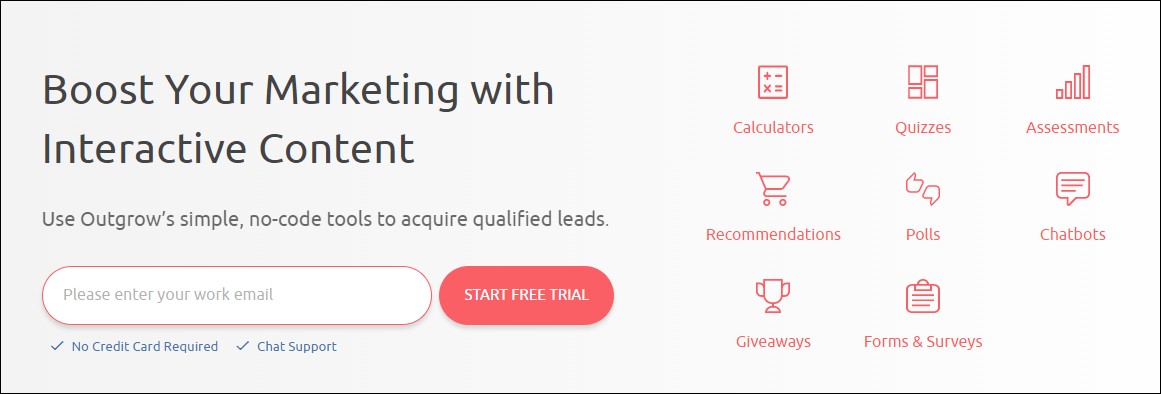
Outgrow is your all-in-one solution for interactive content creation and distribution. You can not only create different types of interactive content but also embed them on different platforms and share them on social media.
With Outgrow, you can create interesting tools like quizzes, calculators, surveys, ecommerce recommendations, forms, polls, and giveaways. It is an easy-to-use yet powerful builder with features like logic jumps, calculations, tables, and charts.
It also offers powerful analytics. This helps in data-driven marketing and understanding the results generated by every campaign.
Find Outgrow interesting? Start a free trial now!
4. Unbounce
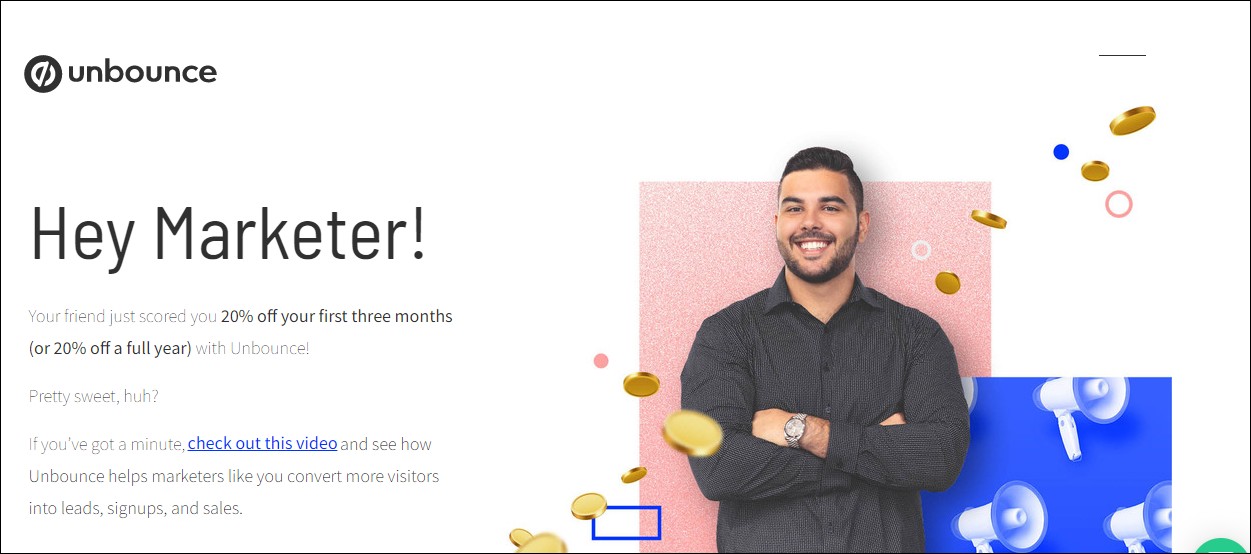
Unbounce is a fantastic landing page builder with some of the best landing page designs, templates, components, etc. With Unbounce, you can even A/B test landing page features and designs and choose the best performers.
It also allows you to collect and export leads saved on their platform via the landing pages. The builder is easy to use and has drag and drop functionalities. Additionally, their templates are search engine optimized, thus providing the best results.
Landing pages play a very important role in distributing content through paid ads. It’s always better to get traffic on customized landing pages than send all your leads to your website. Landing pages have the right messaging and focus. This way, the prospects don’t get lost on the website and the scope for lead generation increases exponentially. This ultimately leads to increased conversions.
Conclusion
Content distribution strategy is a massive responsibility to have in place. Any business when starting must focus on planning this out properly to help get the word across to their target audience.
It might not look easy but it’s necessary and cannot be skipped. Moreover, with the help of this guide, you’d definitely discover a smooth pathway to this.
To kickstart things, try creating awesome interactive content. How about distributing a quiz or poll that can go viral in your community? Want to know how viral content is made? Here’s a free trial of Outgrow to get you a taste of it!
FAQs

Yeshaswini is a full-time digital marketer at Outgrow. She loves researching and experimenting with her marketing campaigns. But on most days you’ll find her obsessing over aesthetic imagery and blueberry cheesecake.





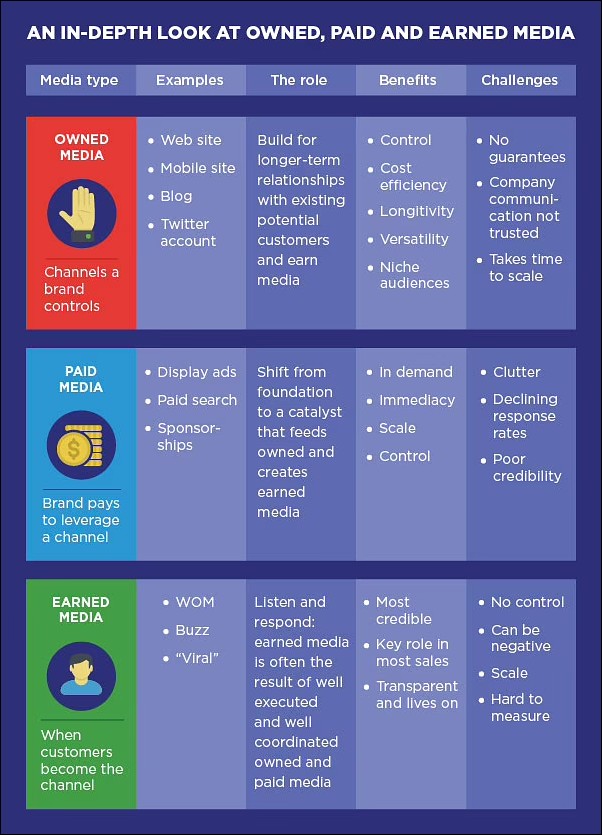
![[Infographic] How to be a Successful Blogger](https://outgrow.co/blog/wp-content/uploads/2023/05/Blogs-min-1536x768-1-1-1.png)
